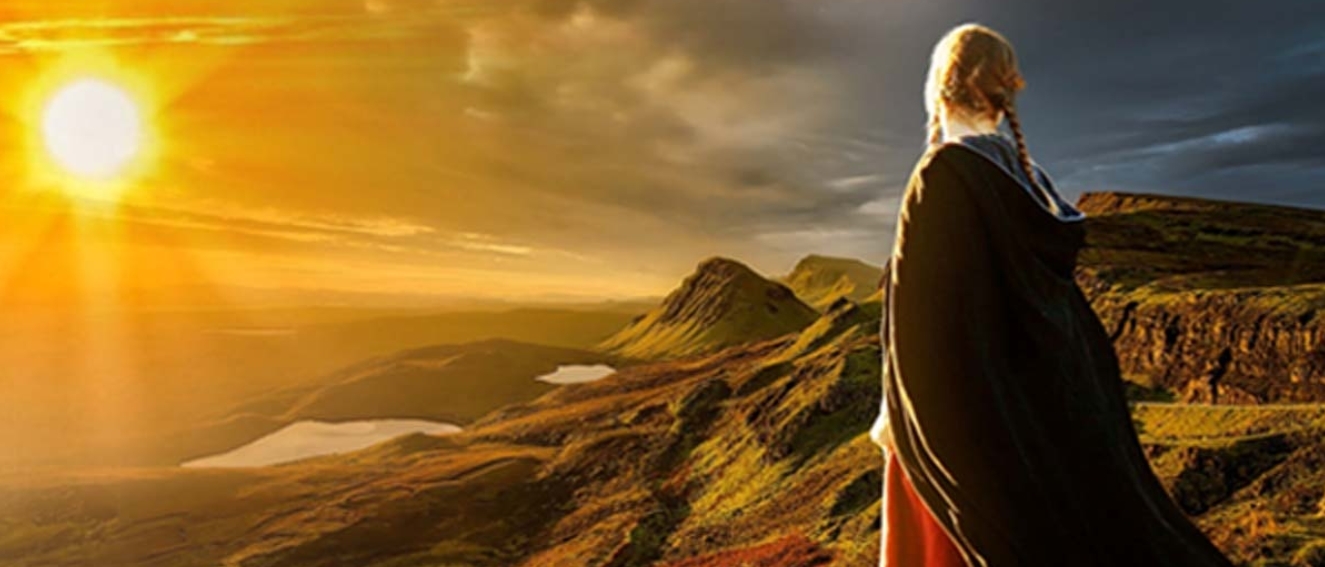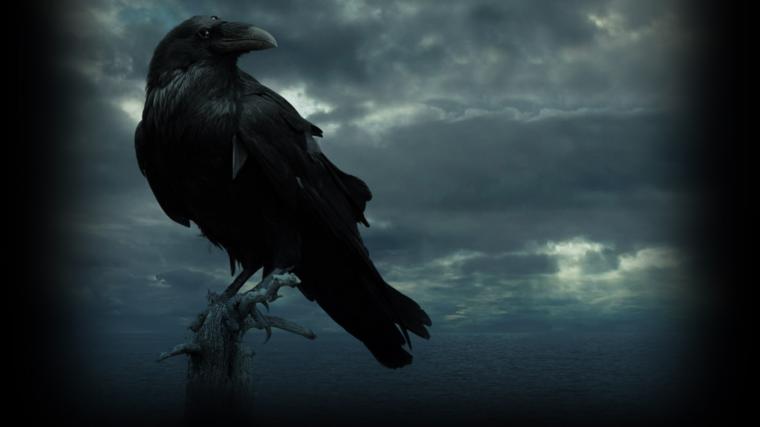In the years following the death of Christ, long before the coming of the sainted Patrick, when the old gods still roamed the wild hills, and the howl of the Banshee was heard upon the wind, there was an age of heroes where the lines of myth and reality entwined.
Many are the champions and kings of Irish legend that can be traced to some semi or fully-historical name, and in the telling of these sagas of old, even the smallest “bit-player” seems to have a genealogy and a reason for being pulled into whatever plot they’re taking part in. These groups of tales come together to form Cycles, bodies of work relating to a particular place or era, and one of the greatest groupings of all is known as The Ulster Cycle. Also called The Red Branch Cycle, it tells of the deeds of the Ulaid heroes of Ulster during the reign of King Conchobar mac Nessa [P], and the most famous of those works is the Táin Bó Cúailnge [P], or The Cattle Raid of Cooley.
The Cattle Raid of Cooley, also called the Irish Iliad, is a national epic. Like the center-piece of some gilded Celtic Knot, it pulls its looping saga-strands into a marvelously patterned legend. Many heroes within also feature in other tales, and can be tracked back, or forward, or off to the side, to lead one into a new series of stories and cycles. But a detailed telling of this mighty gathering, over which The Morrígan [P], herself, spreads her raven wings of doom, and a great part of the “Irish Achilles” Cú Chulainn’s [P] deeds are chronicled, would fill more novels than we have space for. So, we’ll skip so much of that beauty and lore and leap – as Cú Chulainn might, from shield to shield, with the Sian Churad or “Hero’s Chant” upon our lips, though the highlights of this grand battle of gods, kings, queens and heroes.
In Part Two we’ll look at how it came to happen.
Part One, Part Two, Part Three, Part Four

